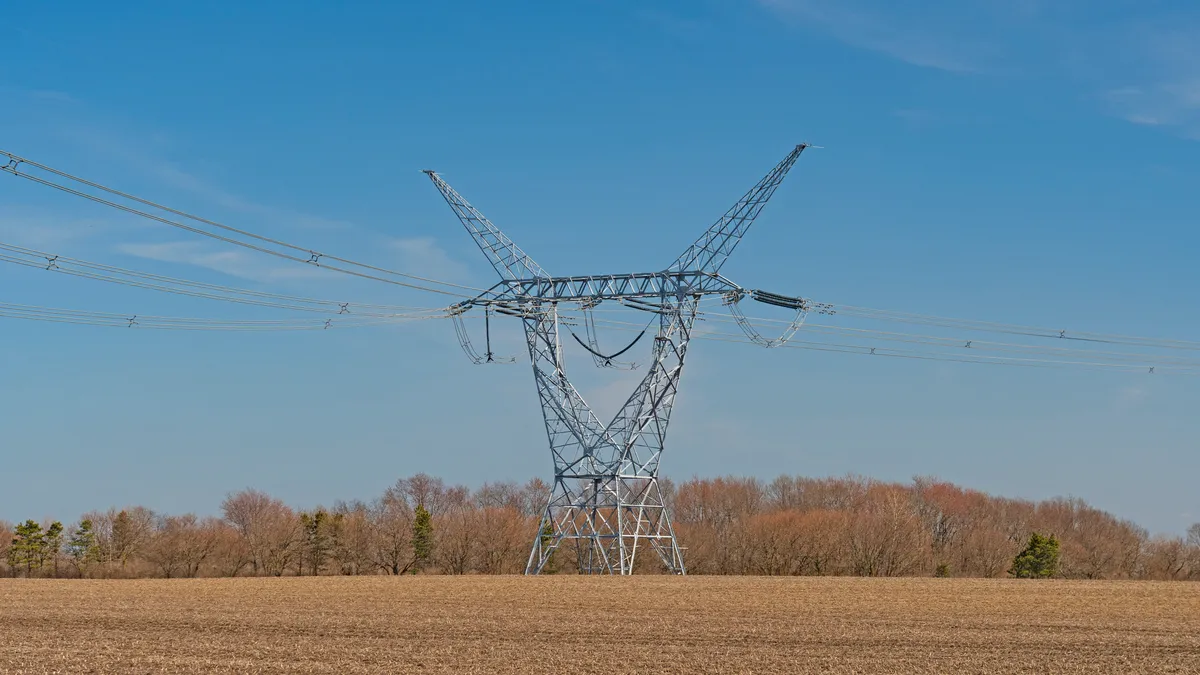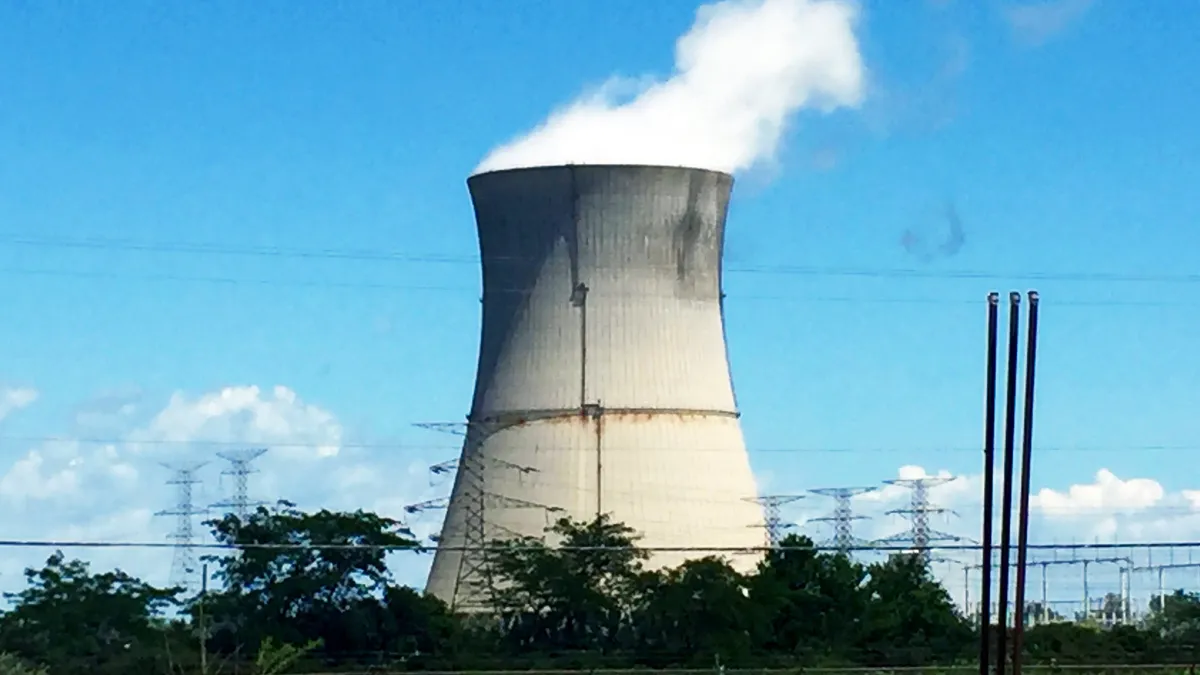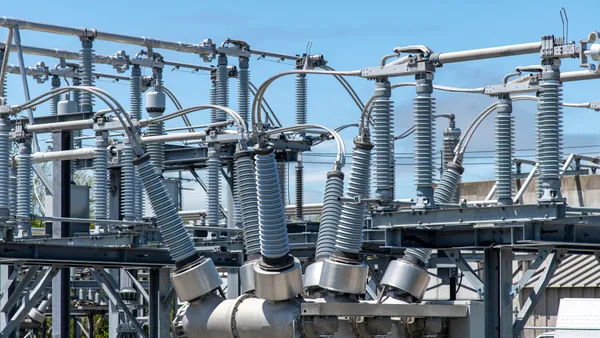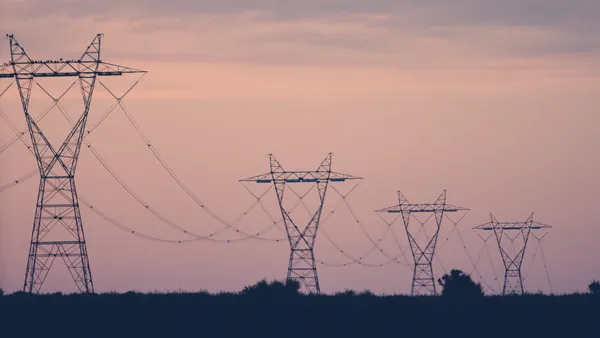Dive Brief:
-
In response to state utility regulators and other advocates, the PJM Interconnection and the Midcontinent Independent System Operator have agreed to look for possible near-term transmission upgrades that would increase power flows between their footprints.
-
PJM and MISO will explore opportunities to engage in joint transmission analysis and coordinated modeling while using existing planning processes to promote reliability and resiliency through “holistic, efficient and cost-effective” transmission planning, the grid operators said. They plan to finish their “informational” study early next year.
-
This is the first time MISO and PJM will specifically look for opportunities to increase transfer capability between their two regions, according to Natalie McIntire, a senior advocate with the Sustainable FERC Project. “There's a huge opportunity to get this right, boost reliability, and reduce congestion — but to deliver those benefits, we hope the two grid operators are prepared to work closely on taking action after they conduct this study," McIntire said in an email.
Dive Insight:
The Organization of MISO States and the Organization of PJM States, which represent state utility commissions, in January urged the two grid operators to bolster joint long-term interregional transmission planning between their footprints. Similar calls were made by the Midwest Governors Association and a coalition that includes Advanced Energy United, Clean Grid Alliance, the Sierra Club and others.
“As we continue to focus on our Reliability Imperative efforts, we understand the need to explore interregional planning, and with encouragement from OPSI, OMS and MGA, we will conduct a study that will address both near-term needs and create a model for future studies,” said Aubrey Johnson, MISO vice president of system planning and competitive transmission.
While Federal Energy Regulatory Commission Order 1000 on transmission planning requires interregional coordination between grid operators, that coordination amounts to very little in most cases, according to Rob Gramlich, president of Grid Strategies, a transmission-focused consulting firm.
“I’m very glad to see this initiative,” Gramlich said in an email. “I hope incumbent generators, which tend to want to stop interregional transmission from adding competition in energy markets, refrain from trying to block this effort since it is very important for reliability.”
A study conducted by Grid Strategies found that increased transfer capacity between MISO and PJM could save more than $15 billion by 2035, in part by reducing the need for generation.
The Department of Energy’s national transmission study, released in October, found that the border between PJM and MISO needs between 27.9 GW and 51.7 GW of new transfer capacity by 2035 to handle moderate load growth and high amounts of new clean energy.
FERC has been considering requiring regions to have minimum amounts of transfer capacity, in part to allow for more power-sharing during extreme weather. The Big WIRES Act, legislation pending in Congress, would require regions to be able to transfer at least 30% of their peak loads with other regions.














